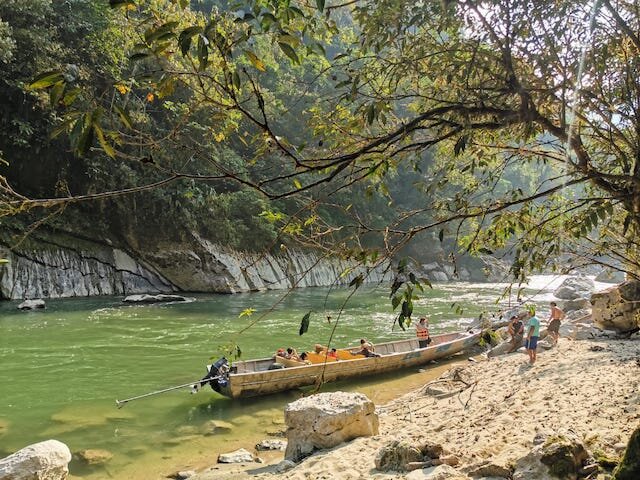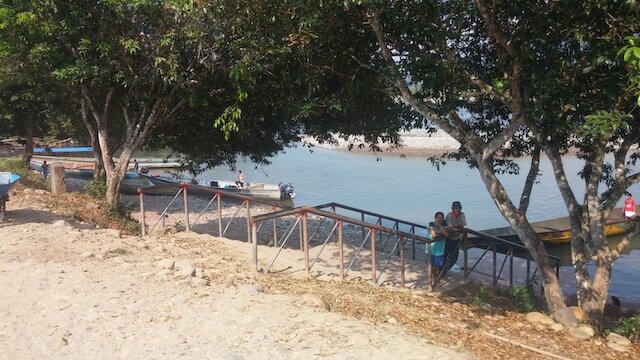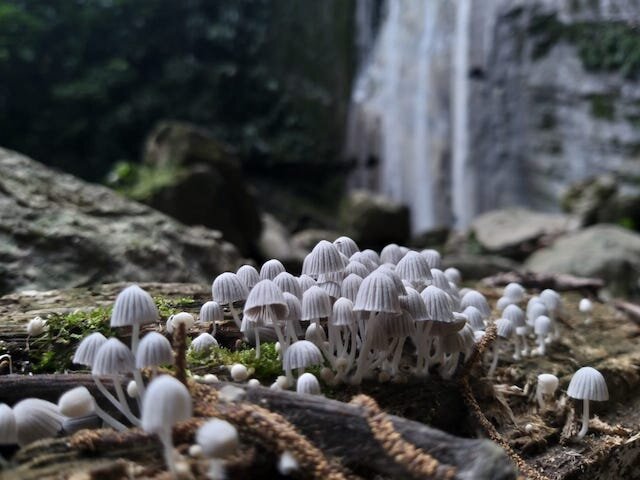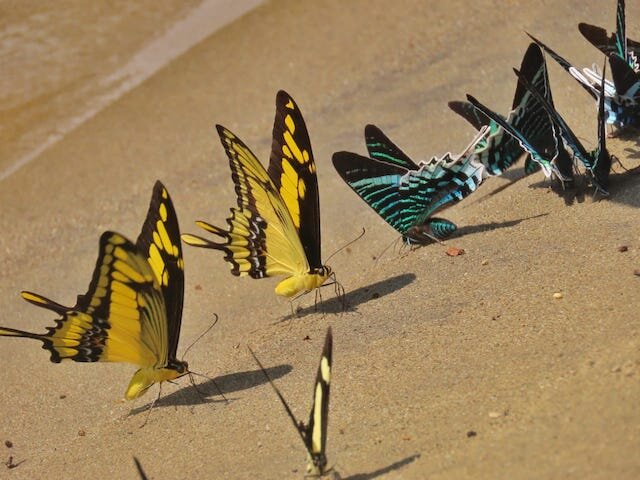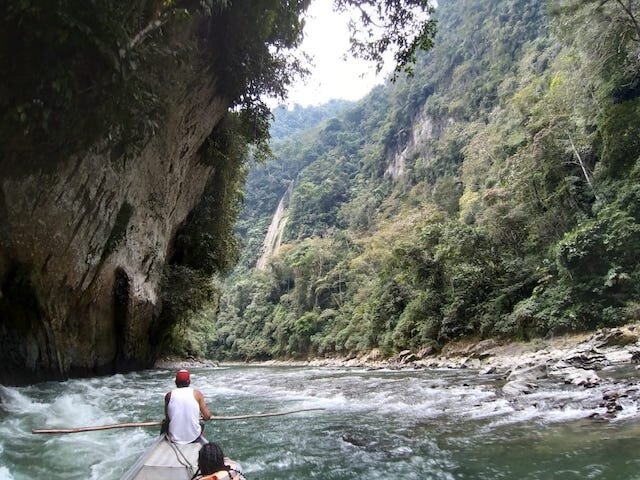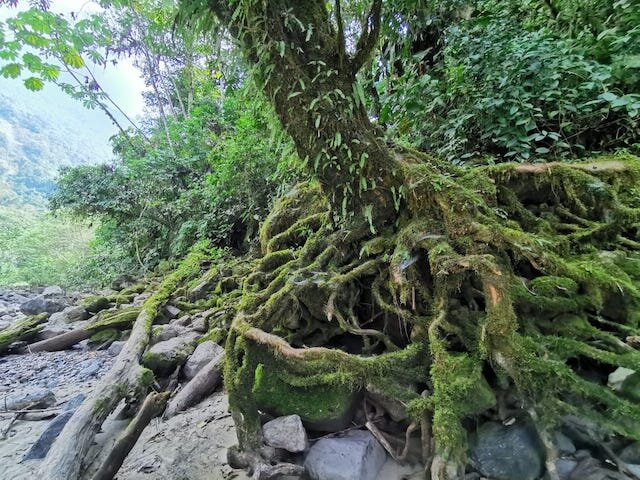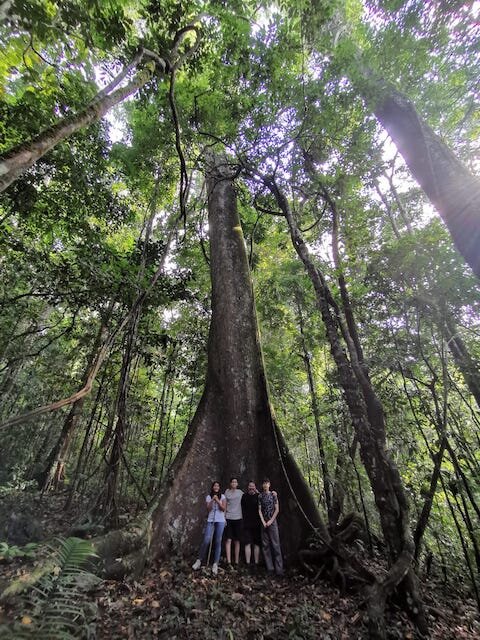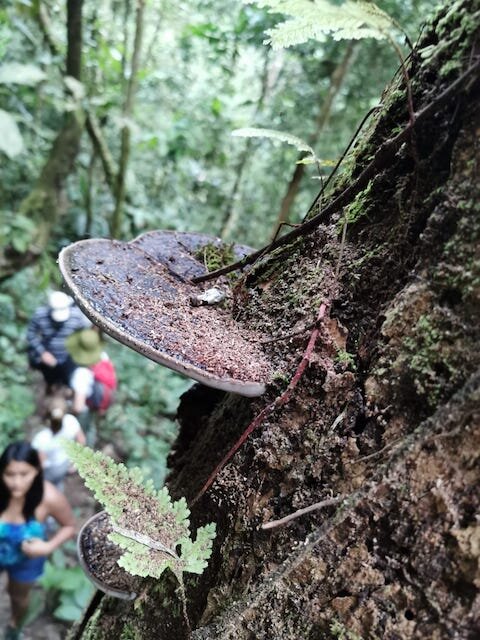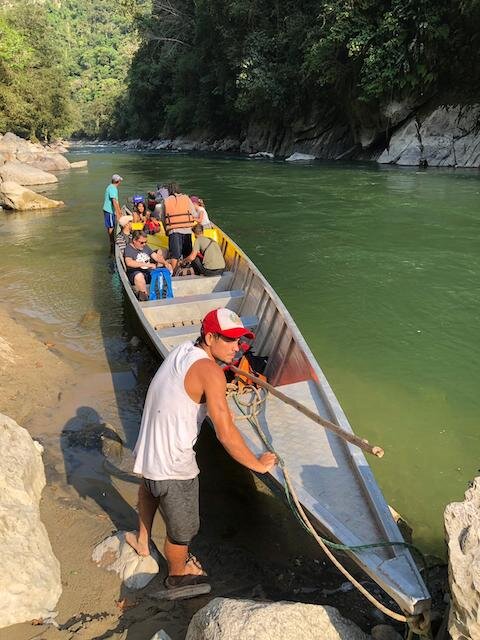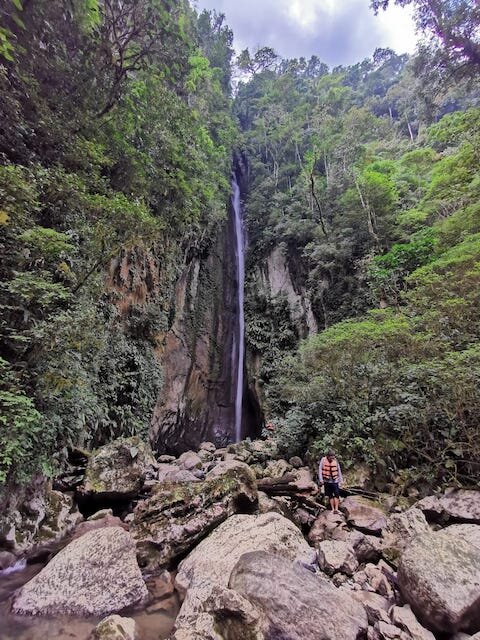A Guide To Rio Abiseo
The Rio Abiseo National Park is one of Peru's 12 UNESCO World Heritage Sites ... and the most remote. Located in the Department of San Martin, between the Marañon and Huallaga rivers, the park covers an area of over 2,745 square km (1,000 square miles).
This area, incorporating 70% of the Abiseo River basin, was declared a National Park in 1983 and UNESCO World Heritage Site in 1990, in order to protect the fauna and flora of the rainforests that are characteristic of this region of the Andes, and much of which is endemic.
And like a handful of more famous destinations, such as Machu Picchu and Tikal in Guatemala, Rio Abiseo also fulfils the Cultural criteria for a World Heritage Site, on account of its archaeological richness.
Research undertaken since 1985 has uncovered 36 previously-unknown sites at altitudes of between 2,500 m (8,200 ft) and 4,000 m (13,100 ft), which give a good picture of pre-Incan society.
Geography of Rio Abiseo:
Elevations in Rio Abiseo range from 350 m (1,150 ft) to 4,200 m (13,780 ft) above sea level, containing seven life zones that protect a great diversity of species of flora and fauna, including montane forest, tropical alpine forest, montane rainforest, high Andean grasslands (puna), and dry forest.
Maquisapa Waterfall.
Moreover, the park protects three distinct eco-regions: Ucayali moist forests at lower elevations; Peruvian yungas at middle elevations; and Cordillera Central páramo at the highest elevations.
Rainfall ranges from 0.5 m to 2 m (20 to 80 inches) per annum.
The most common eco-system in the park is montane cloud forest, which occurs above the altitude of 2,300 m (7,550 ft), and is a high-altitude rainforest with short trees, moss and lichen.
High humidity is constant and rain falls throughout the year, particularly at the higher elevations. The soil is acidic.
Flora & Fauna in Rio Abiseo:
There are 980 known species of plants documented in the highlands of the park, 13 of which are endemic, and which includes 174 ferns (17% of all fern species reported in Peru), 72 orchids and two tree species in danger of extinction.
One of the 30 amphibian species so far discovered in Rio Abiseo National Park.
Overall there are some 5,000 species of plants in the entire area of the Rio Abiseo.
Research into Rio Abiseo's fauna has registered 300 species of vertebrate mammals, amphibians (including five endemic species of frogs), reptiles and fish, among which were 18 species considered endangered at the national level and 12 species new to science!
Undoubtedly, there are still more to be found.
The park's iconic species is the yellow-tailed woolly monkey (Oreonax flavicauda), previously thought to be extinct, but now known to live in the park and to be endemic to the region. It was mostly due to this monkey's critically-endangered status that the area gained national park status and was placed on the list of World Heritage Sites.
Other key mammal species in the park:
Jaguar (Panthera onca)
Spectacled bear (Tremarctos ornatus) (endangered)
North Andean deer (Hippocamelus antisensis) (endangered)
Mountain paca or punatuacher (Agouti tazcanowskii) (endangered)
Hairy long-nosed armadillo (Dasypus pilosus)
White-fronted spider monkey (Ateles belzebuth) (endangered)
Venezuelan red howler monkey (Alouatta seniculus)
White-fronted capuchin (Cebus albifrons cuscinus)
Three-striped night monkey (Aotus trivirgatus)
Bird species:
Salvin’s curassow (Crax salvini)
Andean guan (Penelope montagnii)
Southern pochard duck (Netta erythrophthalma)
King vulture (Sarcoramphus papa)
Turkey vulture (Cathartes aura)
Yellow-crowned parrot (Amazona ochrocephala)
Russet-mantled softtail (Phacellodomus berlepschi) (endangered)
Yellow-browed toucanet (Aulacorhynchus huallagae) (endangered)
Archaeology in Rio Abiseo:
Evidence from the Manachaqui Cave suggests that the Rio Abiseo Natural Park area was settled by man as early as 6,000 BC.
The most famous archaeological site in the park is Gran Pajaten, a ruined settlement overlooking the Montecristo River canyon, attributed to the Chachapoya culture.
Nearby are the ruins of Los Pinchudos a series of cliff tombs, discovered by Pataz villagers in the early 1970s.
The archeological monuments in the park constitute an outstanding example of pre-Hispanic human occupation - at high altitudes - in the Andean region, from as early as the 4th century BC.
The most extensive archaeological work done in Rio Abiseo Park was led by the University of Colorado during the mid-1980s.
How to Visit Rio Abiseo:
Since 1986, the interior of the park has been largely closed to tourism, owing to the fragile nature of both the natural and archaeological environment, but it is possible to obtain visitor permits from Peru's Park Service (SERNANP).
Accommodation in Rio Abiseo is basic, but homely.
There are a few ways to access the fringes of the park, but the easiest is from Tarapoto.
From here, it is a three hour drive to the town of Juajui, where one needs to board a speedboat going up the Huallaga River, then the Huayabamba River in order to reach the Abiseo River and the park.
At certain times of the year, the shallowness of the river means there are a number of rapids to negotiate.
If you wish to be one of the few people privileged to visit, it won't be easy ... but PeruNorth can help you. For example, you can now do an action-packed two-day abseiling trip into the park, starting and ending in Tarapoto.
Just get in touch for more details.


